Вы здесь
Raim fortification.
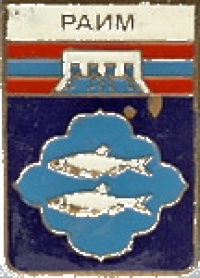
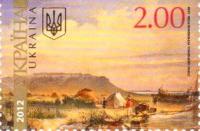
Travel packages Kazakhstan.
"... As the sun rises, we have already come close to the Raim fortification. The view of the fortification from the steppe is even sadder than that of Kalu-Irgiz. On a flat horizontal line, a long, reed-covered barracks barely rises above the rampart."
Taras Shevchenko.
Photo tours to North Aral Sea.
“In Raim, waiting for the end of the collection of skunks, I had to live for more than a month. The buildings in the fortification, the same as in the Ural, were far from all completed, and therefore I found myself in the middle of the square in a wagon facing the dilapidated grave of the batyr Raim, from which the tract and the fortification itself were named.
(The grave was considered sacred by the Kirghiz, and therefore left untouched among the fortifications.) TG Shevchenko lived with me in the wagon. In the mornings he painted a portrait of me in watercolors, but he failed to resemble and therefore did not finish it.
The hands and part of the dress were then completed by the Cossack Chernyshov, the brother of the famous artist, and in this form the portrait has been preserved with me. I value it as a beautiful picture and as a memory of Shevchenko". A. I. Maksheev, "Travels in the Kyrgyz steppes and the Turkestan region." pp. 45 - 46.
“This uprising led to the fact that in the following years, for the possible prevention of such attempts, small fortifications were erected in the eastern part of the Trans-Ural steppe on the river. Turgay and Irgiz, and then a Russian fort (Raim) appeared at the mouth of the Syr-Darya, as a result of which there was an opportunity to get to know the Aral Sea closer, which until then was known only by name.
In 1848 and 1849, two ships, built in Orenburg and transported disassembled to Raim, examined and described the designated sea, and, exactly in remote parts of the oceans, geographical discoveries were made in this small Mediterranean basin - a whole group of significant size was found islands, the existence of which the coastal inhabitants themselves did not suspect.
Fort Raim (later known as the Aral Fortification) was built by the military engineer K. I. Gern in 1847 and is the first Russian military fortification in the Aral Sea region. The name of the village was the name of the batyr Raim, whose grave was located on the territory of the Raim fortification. In the same year, the first 26 families of the Orenburg Cossacks were settled here. In 1849, the two-gun schooner “Konstantin” built in Orenburg was delivered to the Syr Darya in the area of the fort.
The crew consisted of 27 people, including Private Taras Shevchenko, who left the drawing "Fortification of Raim". In 1851, the bulk of the population of the fort was relocated to Kazalinsk, but for several years a river port was located here - in 1852 the iron steamships Perovskiy and Obruchev, built in Sweden, were delivered here in disassembled form, which played a significant role in the exploration of the Aral Sea ... In 1854, the fort was officially abolished.
Taras Shevchenko first saw the fortification of Raim on June 19, 1848. He remained here until July 25, living in A. Maksheev's wagon. His second stay in Raim was longer - from the end of January to April 1849. And, finally, the third took place from the end of September to October 10 of the same year, when A. Butakov with other members of the expedition left here for Orenburg.
In the Raim fortification Shevchenko created a series of its views, genre sketches, portraits of officers. Here, undoubtedly, his poetry continued. Raim is mentioned in the story "The Twins", Diary, letters. In 1999, the population of the village of Raim was 292 people (152 men and 140 women).
According to the 2009 census, 306 people (159 men and 147 women) lived in the village. The village is located on the shore of the fresh lake Raimkol, 46 km north-west of the city of Kazalinsk, 20 km south-west of the Kamystybas railway station.
Geographic coordinates of the Raim fortification: N46 ° 04'18.90 "E61 ° 43'42.68"
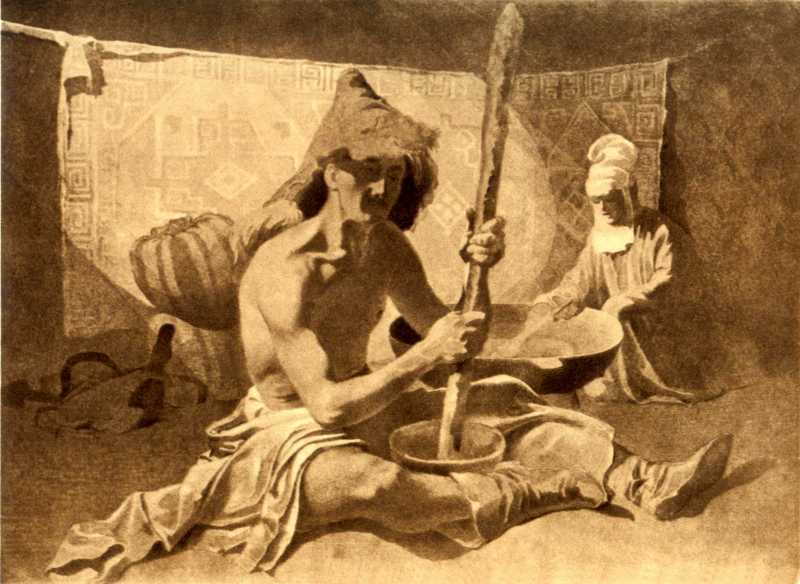
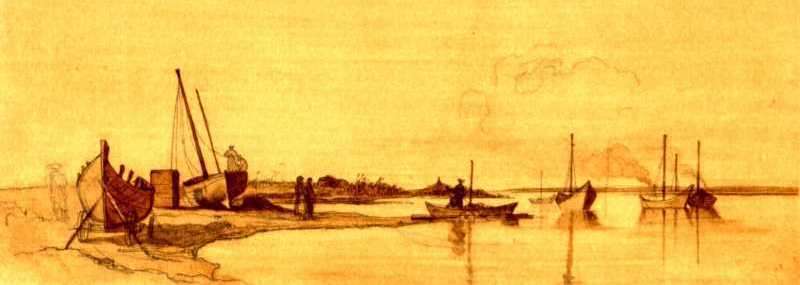

![T.G. Shevchenko. Strengthening Raim. View from the shipyard to the Syr Darya. Watercolor on paper. 9.VI - 25.VII] 1848.](/sites/default/files/Kazahstan/Pamyatniki/Yzhnui_Kazahstan/Kyzylordinskay_oblast/Raim_ukr/0_4_678-min.jpg)
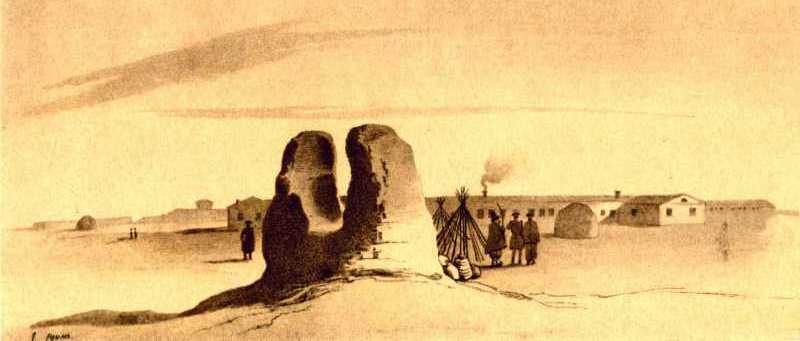
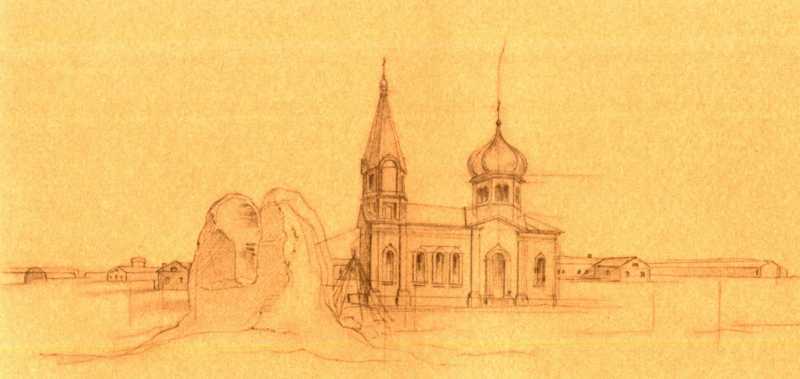
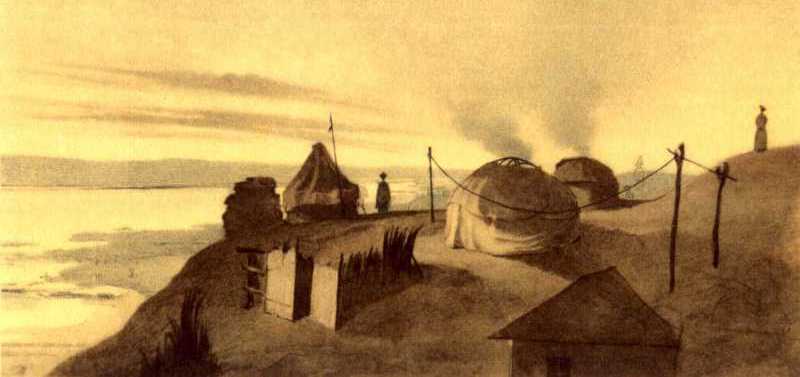
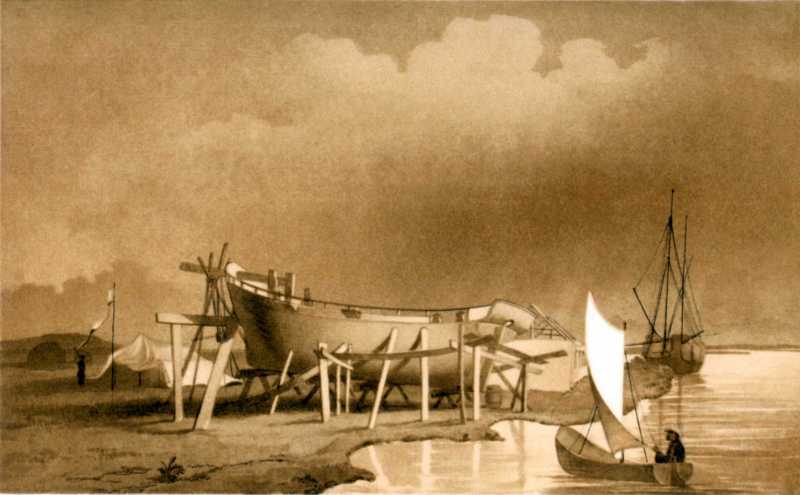
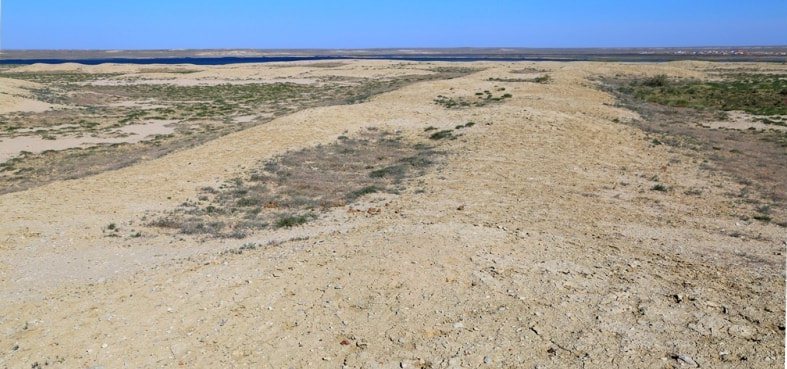
Authority:
V.V. Grigoriev. “Russian policy towards Central Asia. Historical sketch ". Collection of state knowledge. Volume I. 1874. https://ru.wikipedia.org http://www.t-shevchenko.name
Photos by
Alexander Petrov.







